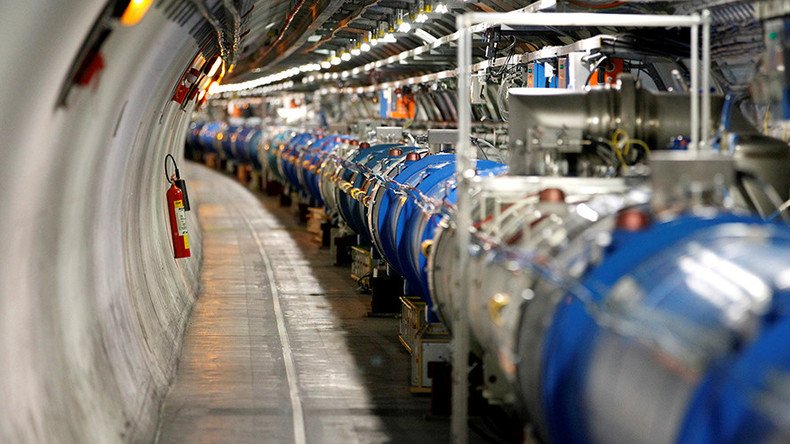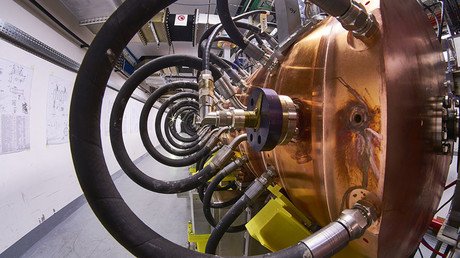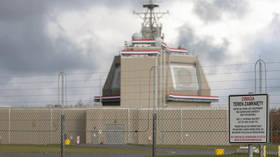Russian scientists to develop software for Large Hadron Collider

Scientists from the Siberian Branch of the Russian Academy of Sciences (SB RAS) have agreed to develop software that will combine information from all experiments carried out in the Large Hadron Collider (LHC) at the CERN laboratory on the Franco-Swiss border.
“Scientists of the Budker Institute of Nuclear Physics of SB RAS and CERN signed an agreement on developing software, which is designed to unify information platforms of all experiments of the Large Hadron Collider. It is called CRIC – Computing Resource Information Catalog, and it will start operating in CERN at the end of 2017,” read the press release from the SB RAS official site.
According to SB RAS researcher and CRIC project coordinator Alexey Anisyonkov, the new software will be an enhanced version of CERN’s existing ATLAS Grid Information System (AGIS), which was developed for the ATLAS (A Toroidal LHC ApparatuS) experiment. ATLAS, together with the Compact Muon Solenoid (CMS) project, helped discover the long sought-after Higgs boson particle in July 2012.
“The basic concept is determining resources and computing power supplied to the global grid network, and how to use them more efficiently,” said Anisyonkov.
“The system will correctly link them to each other, complementing the information model with the necessary structures of data specific to the particular experiment. It knows which site is used in this or that experiment, what services are available in this computing node, and what the acceptable volumes of data storage are.”
READ MORE: Stuffed goes the ‘weasel’: This scorched creature put CERN out of action (PHOTOS)
The CERN (European Organization for Nuclear Research) complex in Switzerland is home to the largest particle physics facilities in the world, including the Large Hadron Collider, which runs over 27 kilometers (16.7 miles) in length. The laboratory is also the birthplace of the World Wide Web, as scientist Tim Berners-Lee set up the first website there in 1990.













